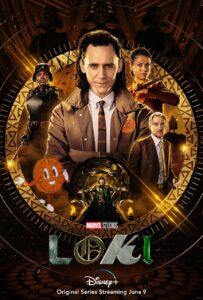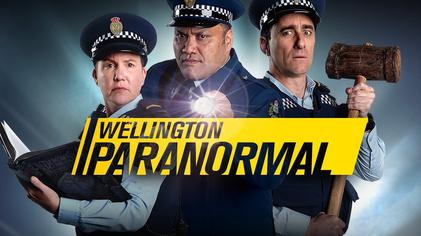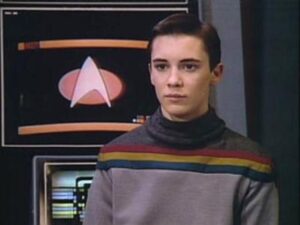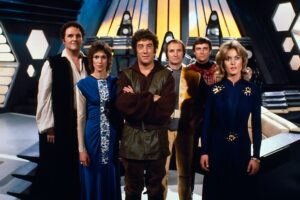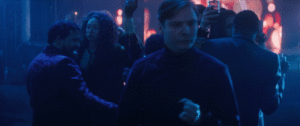Over the last few years, the streaming wars have given us two options for watching our series, have an episode drop every week very much like the traditional methods of series production or make all episode available at one and leave it to the viewer to decide on when and how much to watch at once.
I have engaged with both formats. The Queen’s Gambit and The Crown were consumed watching two or three episodes at a time while all the Disney+ MCU extension shows have been offered only once per week but then available for binge re-watching. There are also programs that I watch with my sweetie-wife that are available for binging but that is not her preferred method of viewing and these programs such as The Bridge (Which we have on disk) and Katla are watched episode by episode but not on a set this day of the week schedule.
Binging gives the viewer quick satisfaction and powers through the story but at times can feel like skimming a book rather than luxuriating in the artistry. However, the plot and characters are there right away and there is no need to wait for a resolution to a twist or surprise.
Weekly episodes give time and space for fans to connect, all synched to the rhythms of the story and speculate and share in the communal mood of the experience.
Sporadically gives the least satisfying experience. IT’s too easy to lose track of characters and events if the series is not watched regularly.
Of the three I think I still favor the weekly episodes but my feeling on this is not particularly strong.

